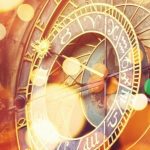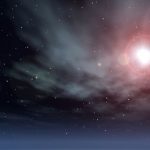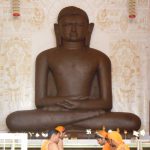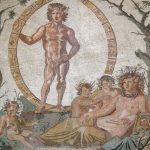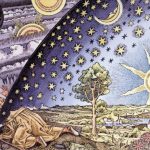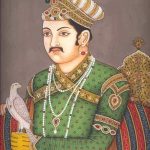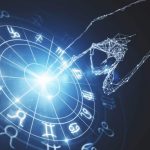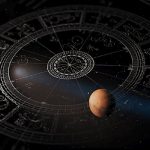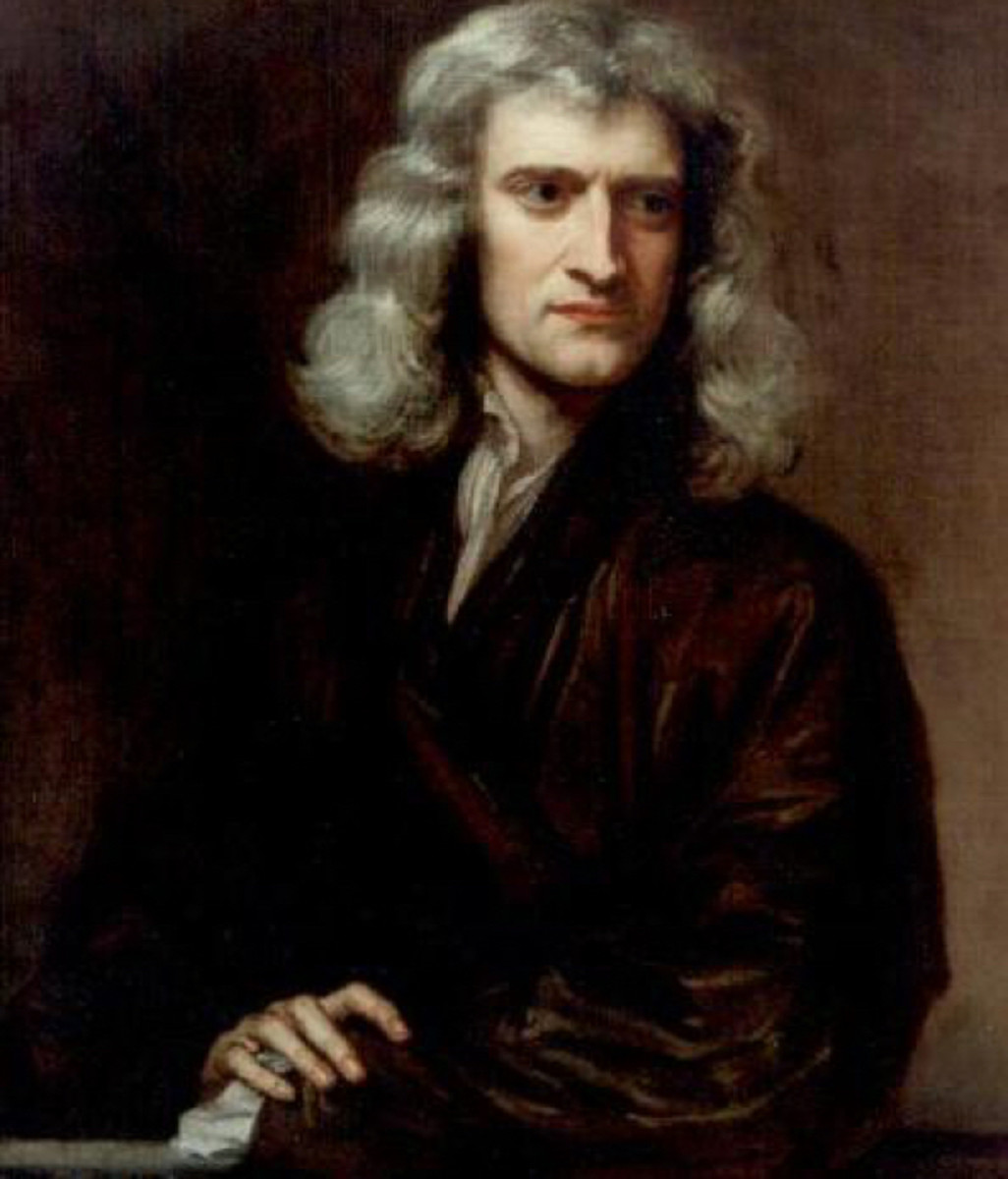
Newton has the greatest amount of impact on society, even today. In addition, his theories explain events from the firing of rockets to the movement of the ball. From the spinning of the earth to the fall of the meteors. From planets moving in their orbits to the rising of Sun. Let’s see how his scientific contributions also called Newtonian Physics helped society.
Introduction
Newtonian physics states that matter connects to each other due to a force called gravitational force. English physicist Sir Isaac Newton (1642–1727) laid the foundation of this theory in the seventeenth century. Several other ideas developed by later scientists, especially the concept of energy are also part of Newtonian physics.
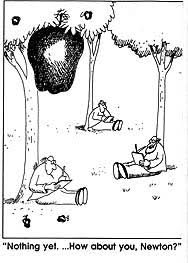
Newtonian physics can explain the structure of much of the visible universe with high accuracy. His relativity theory, explanation of gravitational force, and quantum theory explain matter around us efficiently. Newtonian physics is also mathematically simple, hence it remains the standard motion’s calculating formula. It is used from machine parts, fluids, and bullets to spacecraft, planets, and galaxies.

You cannot deny the fact that the basis of his works are in the scientific discoveries before him. Galileo’s theory on matter and force, Kepler’s theory on the planet’s velocity and orbit were the stepping stones for Newton. Besides, these experiments laid the foundation of Newtonian physics. The experimental science made him indulge in experiments on motion and gravitation. Hence, came the three laws on motion and the universal law of gravitation.
Laying The Foundation
Galileo Galilei (1564–1642) was an Italian physicist who perfected the modern scientific method. His work on the accelerated motion was the essential groundwork for Newtonian physics. Unfortunately, Galileo’s defense of Copernican astronomy made him stand against the church. This view states that Earth rotates around the sun, not the other way around. While the Catholic Church being believers of the fact that Earth is stationary asserts in 1616 that Galileo’s arguments were against the church. Galileo died in 1642 under Church’s pressure to accept his theory was false.
Finally, in 1822 the church lifted its ban on books teaching the view that Earth goes around the sun.
Galileo’s Theory
i) The distance covered by a steadily accelerating object is proportional to the square of the time it has been accelerating.
ii) Objects accelerate steadily under the influence of gravity,
iii) objects accelerate with equal speed regardless of their weight
Therefore, with Galileo’s physics and Kepler’s astronomy in place, the stage was set for Newton’s triumph.
Newton’s Works
Newton’s influence is due mostly to his major work, Philosophiae Naturalis Principia Mathematica, published in 1687 and best known by the shortened form of its Latin title, Principia. In fact Newton was the only scientist who could conceive that there was a single universal system of mechanics—that is, a physics that would describe both earthly and celestial motions at the same time.
Newton’s Three Laws Of Motion
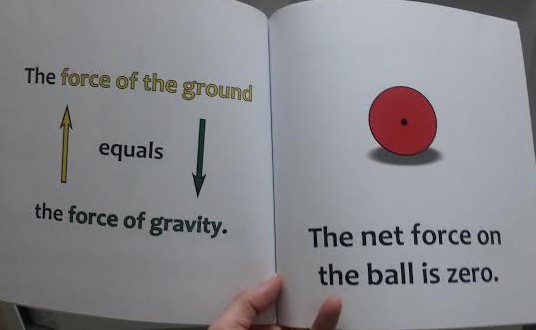
1] An object remains at rest or moves in a straight line at a constant speed unless acted upon by a nonzero total force.
2) A force acting on a body causes it to accelerate (change its state of motion) to a degree that is proportional to the body’s mass. Stated as an equation, writing F for force, m for mass, and a for acceleration, we have F = ma. In other words, an object’s velocity and momentum changes with time in proportion to the force acting on it.
3)Forces occur in pairs pointing in opposite directions. For every action there is an equal and opposite reaction.
4)The fourth basic law of Newtonian physics is the law of universal gravity: Larger masses mean larger gravitational force,
Impacts and Issues
The Principia, written in Latin and intensely mathematical, was not read widely. Rather, its intellectual impact on society can be contributed to authors who took up the cause of Newton’s “experimental Philosophy” and wrote for the general public. The most influential of these was French thinker Voltaire, born François-Marie Arouet (1694–1778),
During the eighteenth century, the intellectual climate in England and northern Europe became predominantly pro-scientific and deterministic.
The Ultimate Newtonian Machine
A spacecraft is the ultimate Newtonian machine because it relies on propulsion on rockets, which are the most straightforward possible application of Newton’s second law of motion, the principle that every force acting on some object is paired with an equal and opposite force acting on some other object.




